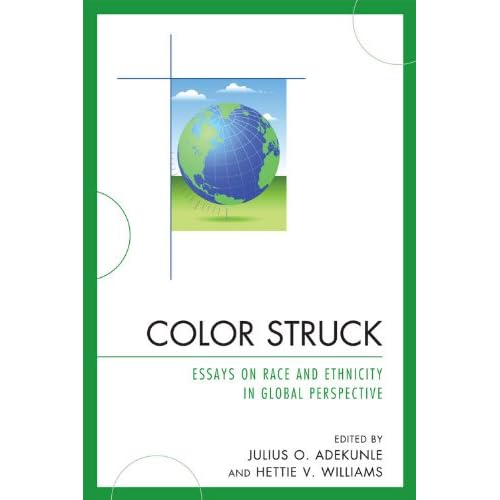Race and Multiraciality in Brazil and the United States: Converging Paths? [Review: Bailey]Posted in Articles, Book/Video Reviews, Brazil, Caribbean/Latin America, Media Archive, Social Science, United States on 2011-04-21 22:55Z by Steven |
Race and Multiraciality in Brazil and the United States: Converging Paths? [Review: Bailey]
Contemporary Sociology
Volume 36, Number 6 (November 2007)
pages 535-536
DOI: 10.1177/009430610703600609
Stanley R. Bailey, Associate Professor of Sociology
University of California, Irvine
Race and Multiraciality in Brazil and the United States: Converging Paths?, by G. Reginald Daniel. University Park, PA: The Pennsylvania State University Press, 2006. 360pp. cloth. ISBN: 0271028835.
The U.S. Census Bureau’s adoption of the mark “one or more races” format in 2000 is viewed by some scholars as a racial revolution of sorts. It may signal a changing tide from monoracial understandings of population diversity (i.e., recognizing only single racial heritages) to the interpellation of a more complex phenomenon of multiraciality. Framing this shift as from a binary (black vs. white) to a ternary racial project (white, multiracial, black), sociologist G. Reginald Daniel contributes significantly to our understanding of the contentious issues surrounding this development. Importantly, he does so as an insider, having been active in social movements promoting the recent Census recognition of multiracial identities (p. 5).
In his latest book, Daniel juxtaposes the shifting U.S. dynamic with changes underway in Brazil. Interestingly, that context appears to be moving in the opposite direction, from ternary (white, brown/multiracial, black) to binary (white vs. negro) racial understandings. Hence, he subtitles his book “Converging Paths,” situating it as a must-read for students of comparative racial dynamics. There has yet to be a census adoption of the binary project in Brazil, but it may only be a matter of time.
Framed, then, as a push and pull between binary and ternary racial projects, Daniel’s goal is to understand similarities and differences in these countries’ racial formations and their consequences for both the production of inequality and for the possibility of overcoming it. To do so, he offers an extensive exploration of the existing literature on to media (print, television, and internet) and census bureau/governmental sources, social movement activists, and observations of public behavior in Brazil and the United States. Although the exposition of this extensive material in this comparative fashion constitutes the contribution of this book, much of the material is drawn from his previously published work, as the author points out (pp. 5–6)…
Read or purchase the review here.


